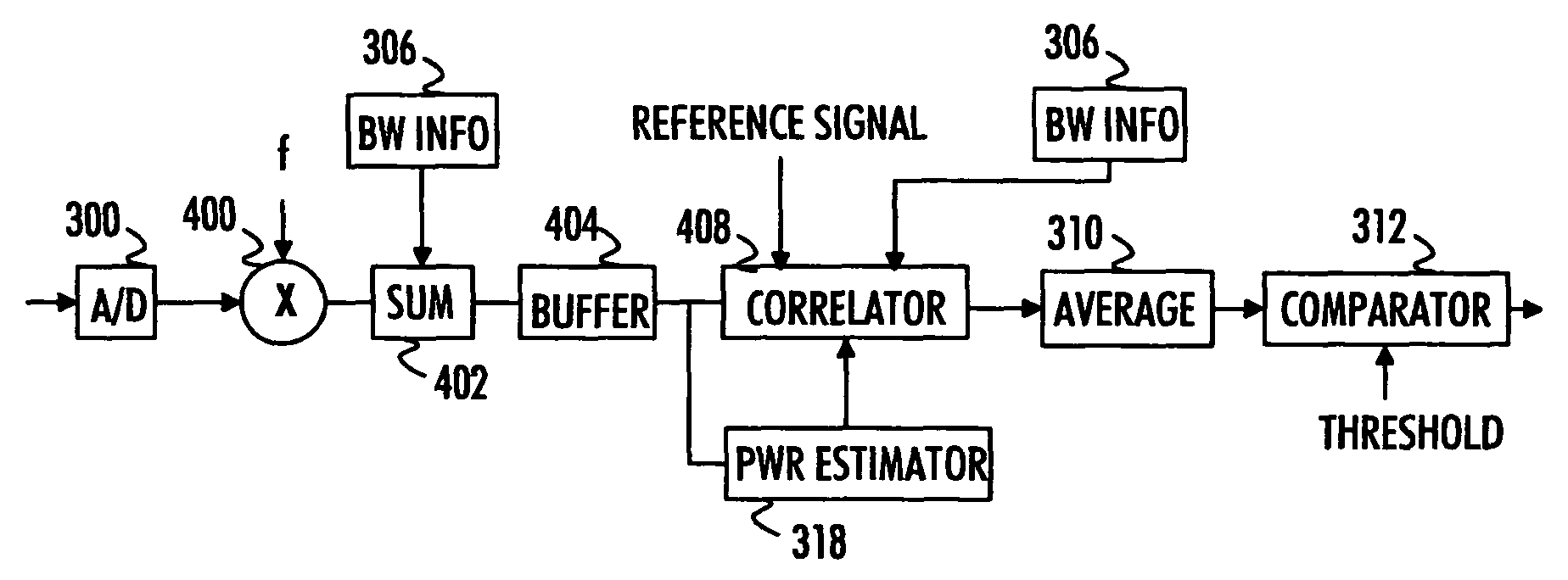Signal detection in OFDM system
a radio receiver and signal detection technology, applied in the field of signal processing carried out in the radio receiver, can solve the problems of increasing the complexity, cost and affecting the operation the power level of the receiver is very low, so as to reduce the power consumption of the radio receiver, reduce the number of operations, and reduce the hardware size
- Summary
- Abstract
- Description
- Claims
- Application Information
AI Technical Summary
Benefits of technology
Problems solved by technology
Method used
Image
Examples
Embodiment Construction
[0024]With reference to FIG. 1, examine an example of a communication system to which embodiments of the invention can be applied. The communication system may be a mobile communication system, such as a Universal Mobile Telecommunications system (UMTS). The mobile communication system may provide high-speed packet data services to mobile stations located within the coverage area of the system. Such a service may be, for example, a High-Speed Downlink Packet Access (HSDPA) service. Alternatively, the communication system may comprise two independent communication devices, for example two mobile phones communicating with each other wirelessly. The communication system may utilize a multicarrier data transmission scheme, such as Orthogonal Frequency Division Multiplexing (OFDM).
[0025]With reference to FIG. 1, examine an example of a structure of a radio receiver 100 to which embodiments of the invention can be applied. The radio receiver 100 in FIG. 1 is a radio receiver 100 capable o...
PUM
 Login to View More
Login to View More Abstract
Description
Claims
Application Information
 Login to View More
Login to View More - R&D
- Intellectual Property
- Life Sciences
- Materials
- Tech Scout
- Unparalleled Data Quality
- Higher Quality Content
- 60% Fewer Hallucinations
Browse by: Latest US Patents, China's latest patents, Technical Efficacy Thesaurus, Application Domain, Technology Topic, Popular Technical Reports.
© 2025 PatSnap. All rights reserved.Legal|Privacy policy|Modern Slavery Act Transparency Statement|Sitemap|About US| Contact US: help@patsnap.com



